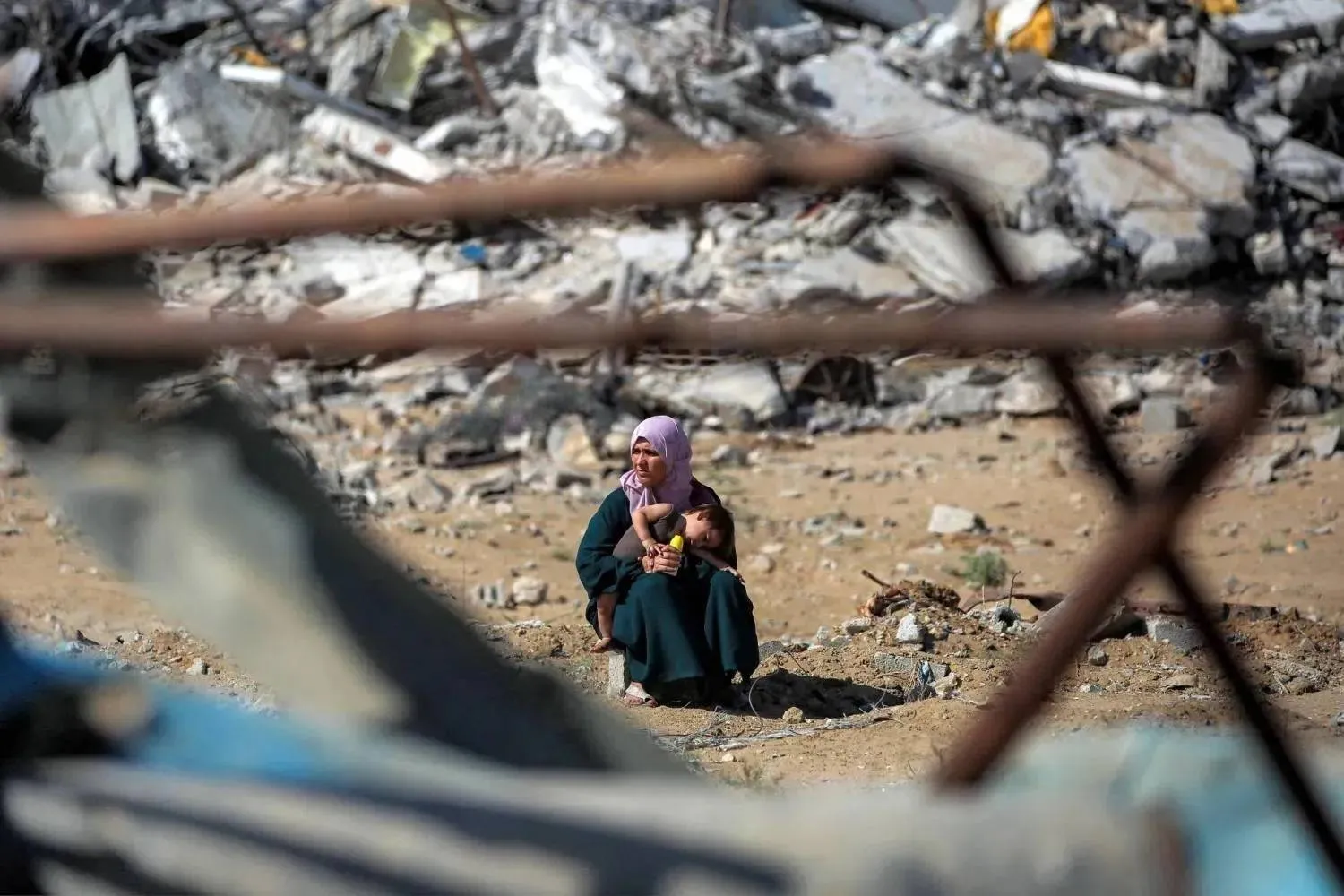Iran is reportedly using European ports to provide cover for shipments of weapons to Lebanon’s Hezbollah party, The Telegraph reported on Friday.
Unnamed sources told the newspaper that Hezbollah has received missiles and bombs on ships that go on to dock in ports in Belgium, Spain and Italy.
Hezbollah and Israel engage in daily exchanges of cross-border fire bringing the two countries close to all-out war and causing border regions to be evacuated.
The sources told the newspaper that Iran has switched to shipping weapons by sea after Israel’s air force began to target consignments coming in by land into northern Syria via Iraq.
Weapons and other goods are now shipped to the Syrian port of Latakia before the vessels go on to ports in Antwerp, Valencia and Ravenna, the Telegraph reported, in an attempt to disguise the purpose of the journeys.
From Latakia, the weapons are transported south to Lebanon.
A senior intelligence source in Israel said that “using Europe helps to hide the nature and the source of the shipments, switching paperwork and containers... to clean the shipments”.
“Europe has huge ports so Iran is using that as a camouflage. It’s very easy to do manipulations in those big ports where things have to get moved quickly, rather than a small port where there will be more scrutiny.
“It’s like a cat and mouse between us and the Iranians. They’re trying to smuggle and we’re trying to stop it. It’s been at least three years like this”, he added.
An independent analyst in Israel, Ronen Solomon, said Iran was also shipping weapons directly to Syria. The use of separate routes through Europe was to “legitimize” their cargo and drive the attention away from those direct shipments.
The Latakia port was targeted by airstrikes in 2021, though Israel has never claimed responsibility for. Israel rarely claims responsibility for its operations in Syria.
Solomon said: “The reason we see Iran’s efforts to transfer through the sea in the last month is because of Israeli attacks on air and land infrastructure in Syria to Lebanon, so we are seeing an increase in container shipments”.
Solomon, who works with intelligence officials in Israel, said the Iranian corridor to Syria and Lebanon by land, air, and sea “operates continuously”.
The flow of weapons comes amidst the worst tensions between Lebanon’s Hezbollah and Israel since the second Lebanon war.
Since the beginning of the Gaza war in October, five Iranian vessels – Daisy, Kashan, Shiba, Arezoo and Azargoun – have unloaded goods in Syria starting their journey to Bandar Abbas in Iran, according to intelligence handed to Solomon.
In collaboration with Iranian Quds Force Unit 190, the weapons transfer are then managed by Hezbollah’s Unit 4400, which is responsible for arms shipments, according to the newspaper.
Report: Iran Using EU Ports to Transfer Weapons to Hezbollah

Hezbollah members take part in a military exercise during a media tour organized for the occasion of Resistance and Liberation Day, in Aaramta, Lebanon, May 21, 2023. (Reuters)

Report: Iran Using EU Ports to Transfer Weapons to Hezbollah

Hezbollah members take part in a military exercise during a media tour organized for the occasion of Resistance and Liberation Day, in Aaramta, Lebanon, May 21, 2023. (Reuters)
لم تشترك بعد
انشئ حساباً خاصاً بك لتحصل على أخبار مخصصة لك ولتتمتع بخاصية حفظ المقالات وتتلقى نشراتنا البريدية المتنوعة







